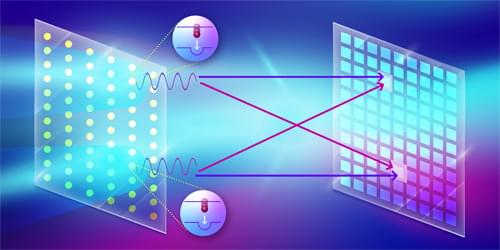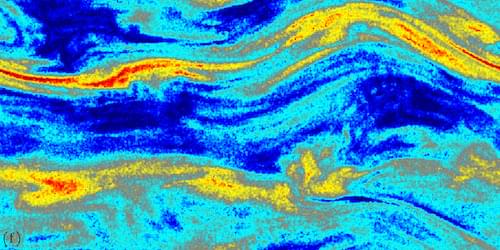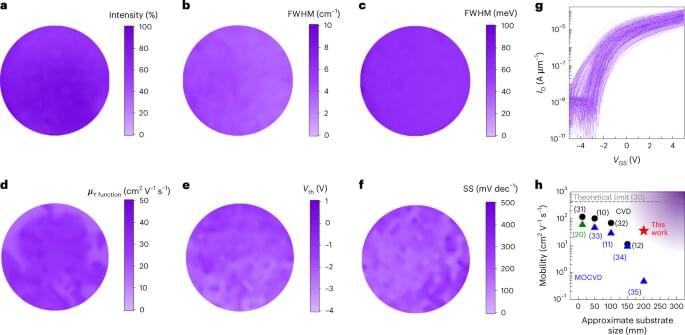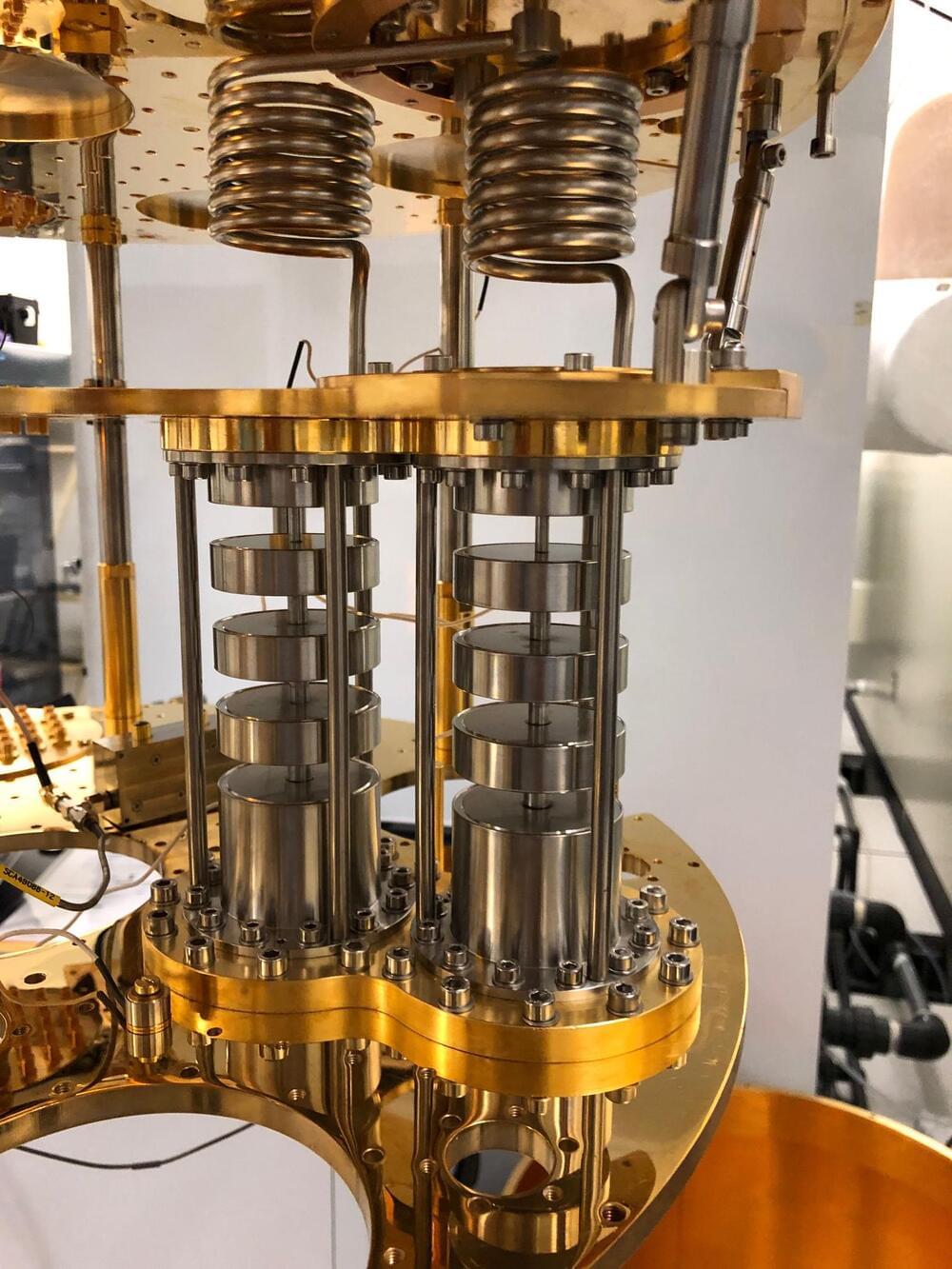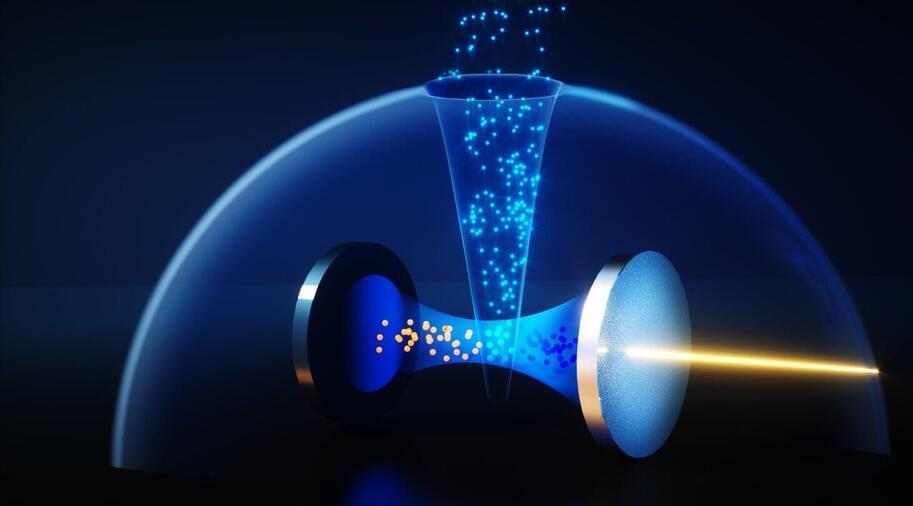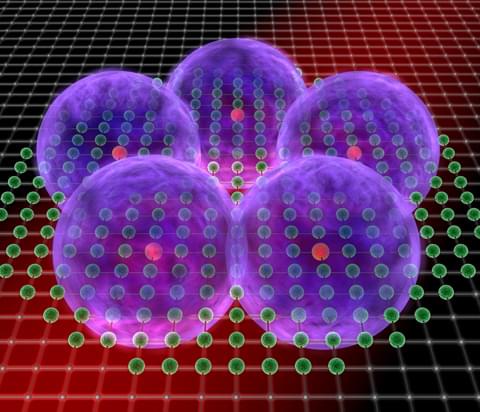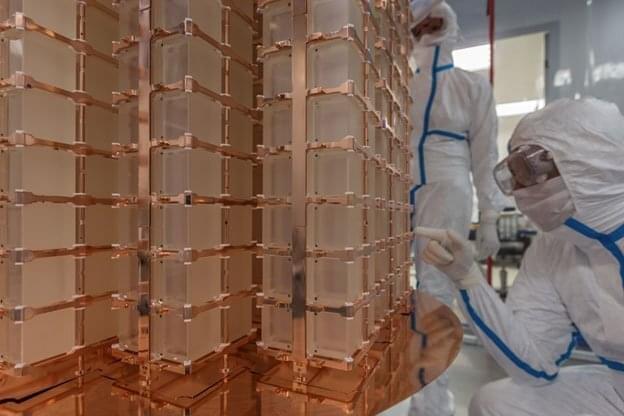Apr 27, 2023
Bringing Interferometric Imaging into the X-Ray Regime
Posted by Saúl Morales Rodriguéz in categories: particle physics, quantum physics, space
The experimental realization of a recently proposed technique points to new possibilities for imaging molecules using x rays.
Hanbury Brown and Twiss (HBT) interferometry [1] is a versatile technique widely used in various fields of physics, such as astronomy, quantum optics, and particle physics. By measuring the correlation of photon arrival times on two detectors as a function of the photons’ spatial separation, HBT interferometry enables the determination of the size and spatial distribution of a light source. Recently, a novel x-ray imaging technique based on the HBT method was proposed to image the spatial arrangement of heavy elements in a crystal or molecule by inducing those elements to fluoresce at x-ray wavelengths [2].
